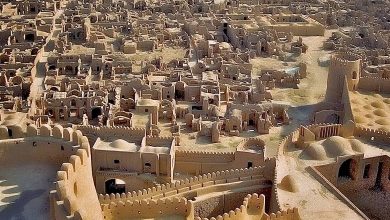Remnants of cities from history thought to be fictitious
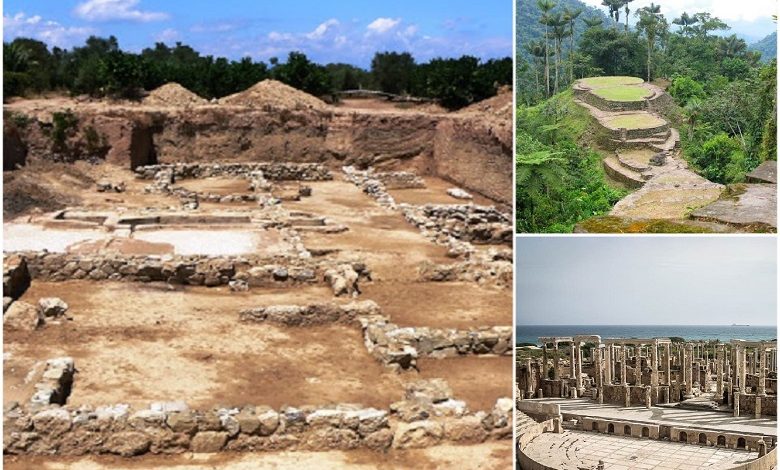
Some place’s names are mentioned in manuscripts and histories of various cultures and civilizations. However, remnants of cities from history, thought to be fictitious, have been discovered by archaeologists
A significant part of them is considered invented and mythical – for example, the legendary land of Vinland by the Vikings or the city in India, which Krishna allegedly built. Instead, they believed so until archaeologists plunged underground and found evidence of the existence of legendary towns.
Dvaraka
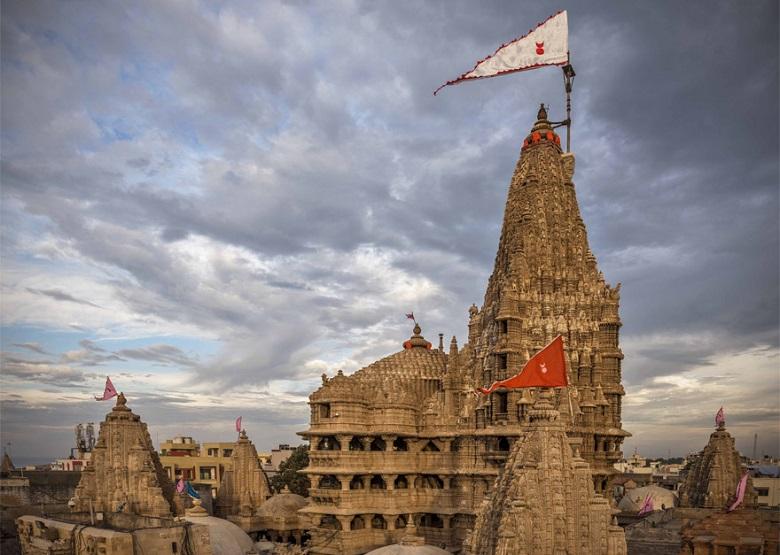
According to history, Krishna himself commanded the Hindus to build Dvaraka. The city was supposed to glorify the deity in 16 108 silver temples (that is how many wives the loving god had). The real Dvaraka appeared in the place described by history, only deep underwater. Archaeologists today suggest that the deep-sea engulfed Dvaraka in the second millennium BC.
Xanadu
Marco Polo first described the fortified city of Kublai Khan’s great empire. But historians did not trust the stories of the famous traveler – among other things, Polo spoke of ten thousand white horses guarded by real dragons. However, modern archaeologists have indeed managed to find Xanadu. It turned out that the city had a massive zoo of animals collected from all over the world. And on the pillars in front of it sat golden dragons!
Sigiriya

The King of Sri Lanka Kashyapa erected the palace on a rock two hundred meters high. It could only be accessed by a vast staircase passing through the mouth of a sculpted lion. Information about the mysterious city disappeared in the depths of centuries, and only in the last century did archaeologists manage to rediscover Sigiriya almost by accident.
Leptis Magna
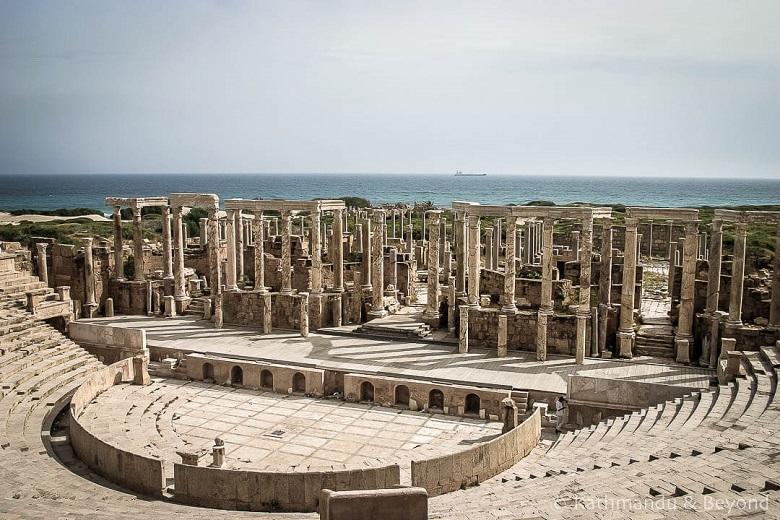
Long ago, Leptis Magna was erected in Libya by the Romans. Here was one of the largest trade centers of the empire. But the fall of Rome was the end of this city too: it was plundered, and the ruins were consigned to oblivion. Over the long centuries, sandstorms almost wholly buried the remains of Leptis Magna and discovered it only in the 19th century.
Vinland
For centuries, the Vikings’ story that was the first to reach North America was considered just a history. True, historians have found indirect written evidence: for example, in 1073, Adam of Bremen wrote to the Danish king Svend Estridson that the Jomsvikings swam across the Atlantic Ocean. Confirmation of the story was found in 1960 when archaeologists unearthed a settlement of northern warriors on the island of Newfoundland.
La Ciudad Perdida
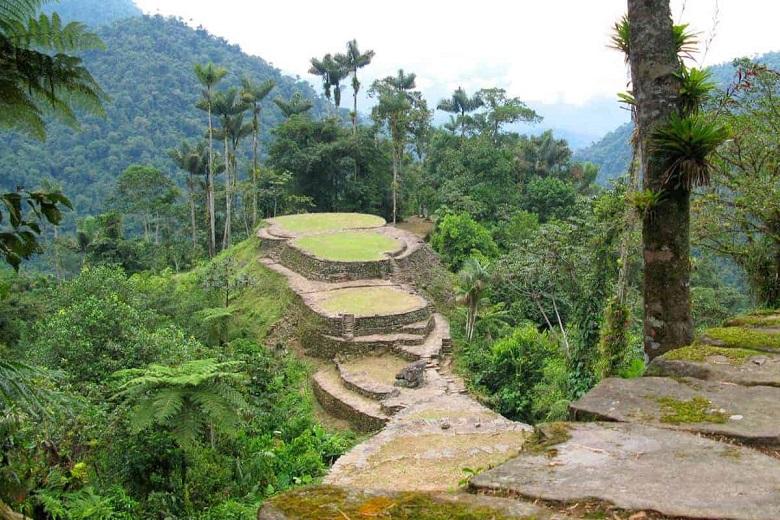
For eight hundred years, the ancient people of Tairona lived on the Sierra Nevada de Santa Marta peaks. Even the conquistadors did not manage to get into such a wilderness, but they brought European diseases here, due to which an entire civilization perished. The robbers were the first to discover the city lost in the jungle in 1970. They brought so many gold and jade figurines to the black market that they attracted the attention of archaeologists.
La Ciudad Blanca
Cortez himself tried in vain to make his way through the jungle to the legendary City of the Monkey God. The myths about the lost settlement of a civilization sunk into oblivion have long worried archaeologists (who, by the way, was guided by completely unreliable rumors) miraculously managed to discover La Ciudad Blanca.
Helike
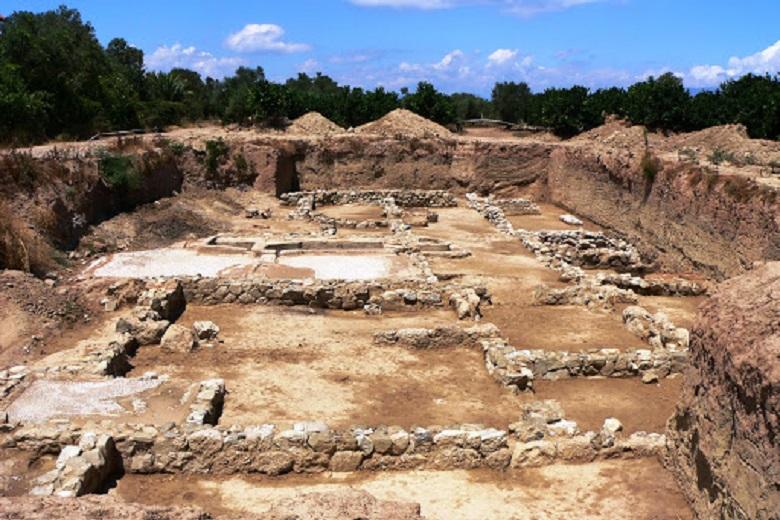
Researchers have discovered information about Helike in ancient Greek mythology. According to the story, the significant seaport was destroyed by Poseidon himself, enraged by the evil reigning there. Only in the late 1980s did archaeological enthusiasts manage to discover the remains of Helike.


